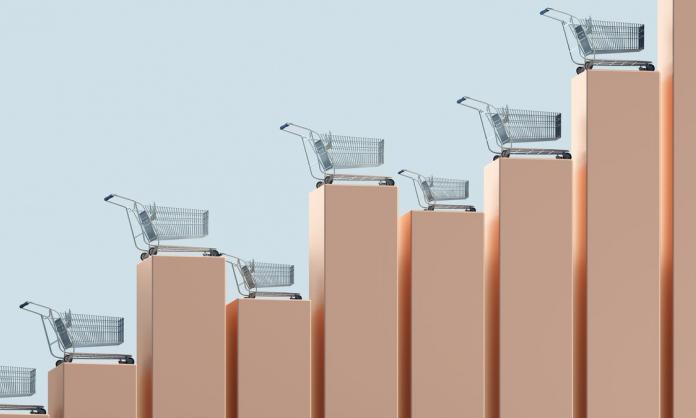The cost of food is soaring and so are the profits of Australia’s major supermarkets.
Like many people around the country, you’ve probably noticed that your grocery bills have been rising steeply over the past year. An average trip to the supermarket has increased in cost by around 8 percent each year since the pandemic, outpacing general inflation, and the prices of many essential foodstuffs have risen at twice that rate.
Figures from the Australian Bureau of Statistics’ June inflation report show dairy products leading the price rises, with the cost of cheese, yoghurt and similar products increasing by 15.2 percent over the last year. Bread and cereals have risen by 11.6 percent. This is despite overall food inflation decreasing slightly from a peak of 9.2 percent last December.
In an interview with the Sydney Morning Herald, Sunitha Binoy, a nurse from Melbourne’s outer south-east, described the food stress being experienced by millions of working-class Australians:
“Before, we could buy so many things ... like today, even though we paid $160 ... before we could get one trolley full of household items, but now look at the trolley. It’s half full, only.”
A recent poll published in the Guardian found that, like Sunitha, 72 percent of respondents are simply buying less food to cope with increased prices. But food isn’t a luxury item that you can just cut from your budget. Buying less means skipping meals and forgoing necessities. It also means food banks being overwhelmed by surging demand as greater numbers of people are unable to afford supermarket prices.
Australia’s largest supermarket chains blame these price increases on higher energy costs and logistical expenses. But with both Coles and Woolworths posting their highest profit margins in recent memory, this story doesn’t add up.
Coles has pushed up its gross margins from 24.7 percent pre-pandemic to 26.5 percent, while Woolworths has reported a similar increase: from 29.1 to 30.7 percent. This indicates that the two companies, which share almost two-thirds of the food retail market, are engaged in price-gouging: increasing the cost of their products above their rise in expenses.
Their market domination allows them to push prices up without worrying much about competition from other retailers. While they rake in the profits, poor and working-class people around the country are forced to go hungry.
When pressed about the supermarkets’ profiteering, Labor’s assistant minister for competition, Andrew Leigh, told people feeling the strain to vote with their wallets and shop elsewhere. But with the country’s food supply in the grip of a duopoly, the idea that people can challenge the power of these corporate behemoths through smart shopping is ludicrous.
The federal government acts as though its hands are tied when it comes to supermarket price-gouging. But just as the national cabinet implemented energy price caps last year, it could intervene immediately to put limits on what grocery chains are allowed to charge. It could guarantee that all necessities are available at prices affordable to those on the minimum wage or Centrelink.
Price caps could also have a disinflationary effect: with just about everyone but the Reserve Bank of Australia acknowledging that corporate profits are a major driver of inflation, putting price caps on groceries and forcing supermarkets to forgo some of their record profits could ease the pressure on millions of people.
For months, workers have been asked to tighten their belts and do their bit to bring inflation under control. Increasingly, this belt-tightening looks like being priced out of the necessities required for survival—housing, heating and now food, all while the companies selling these products rack up record profits. It’s well beyond time to turn the tables and force them to sacrifice something instead.








